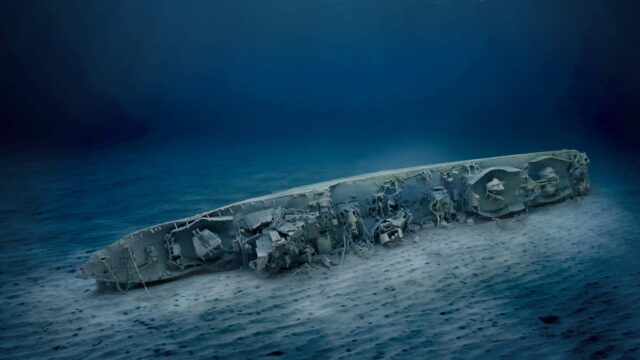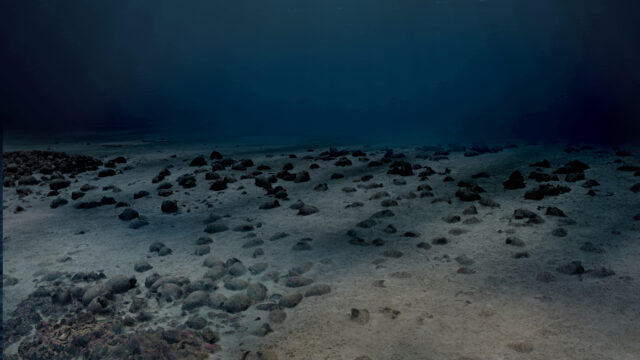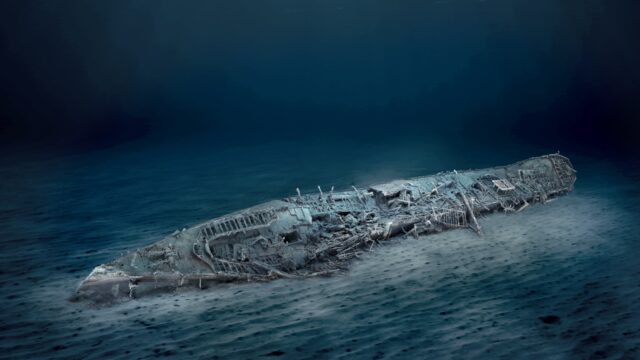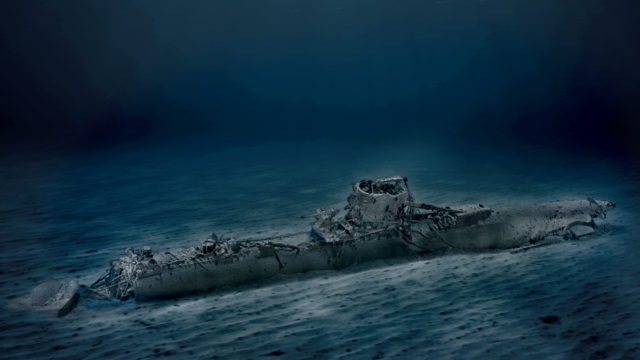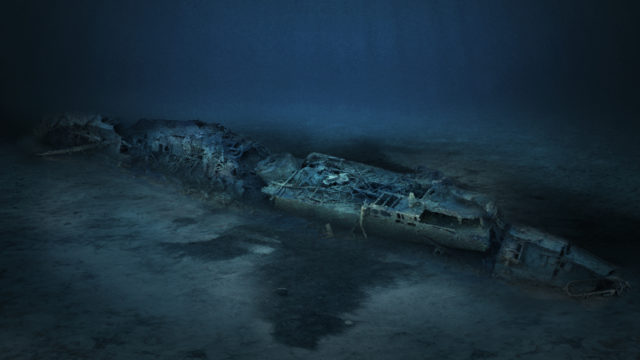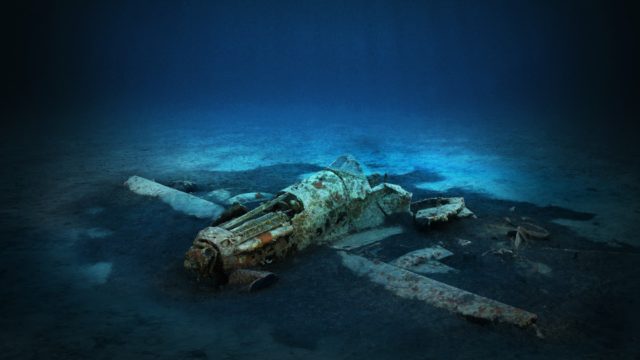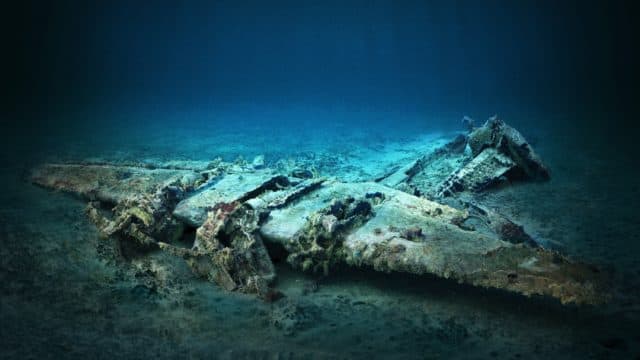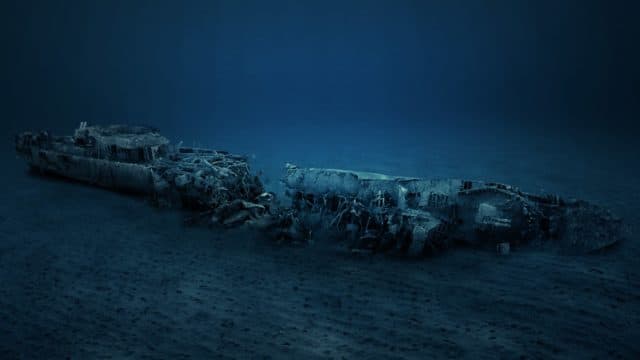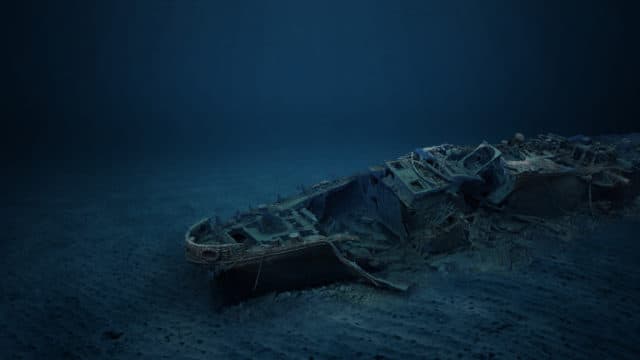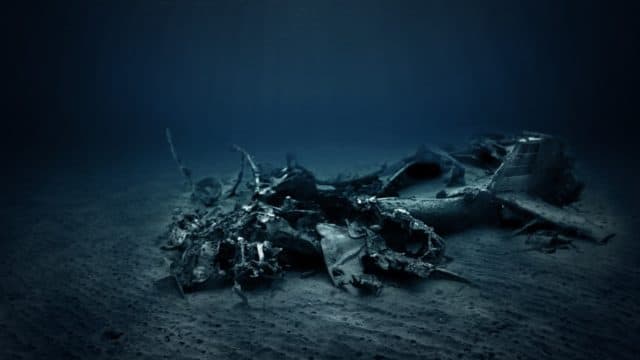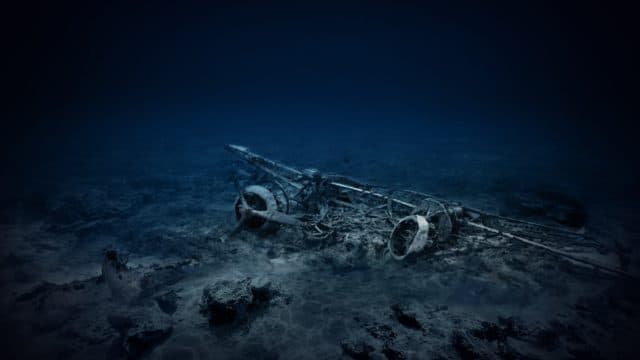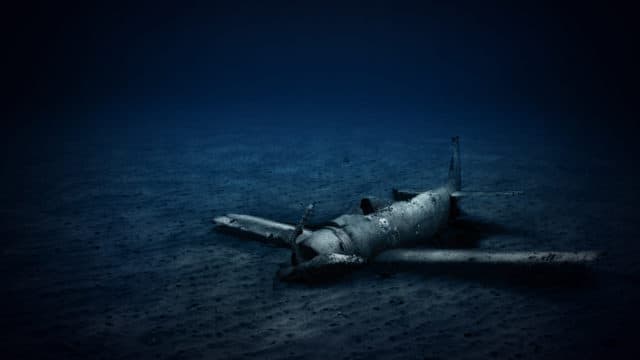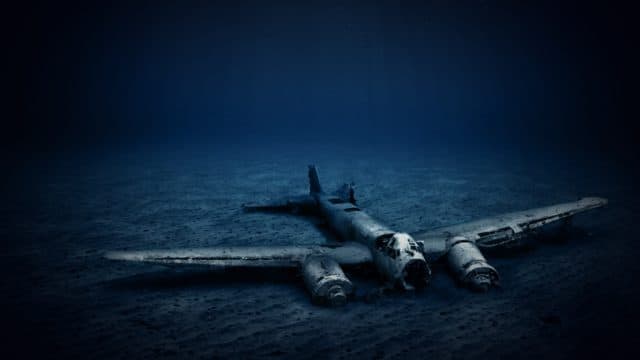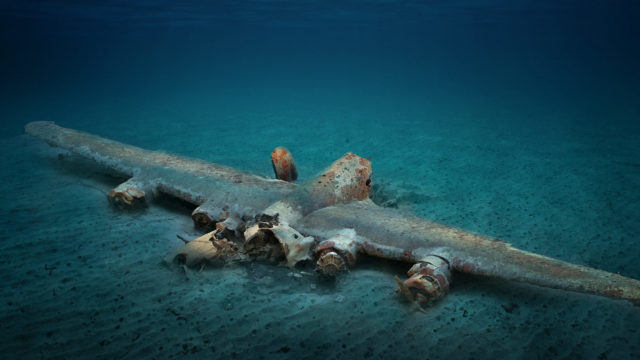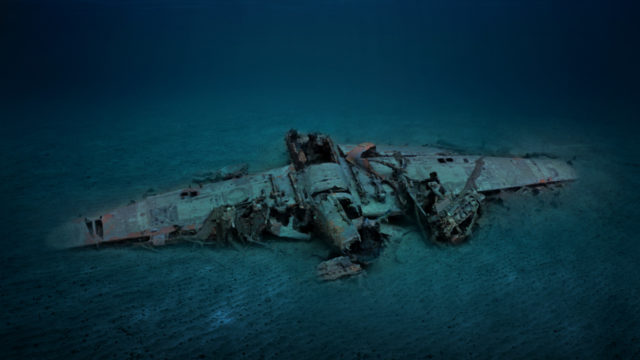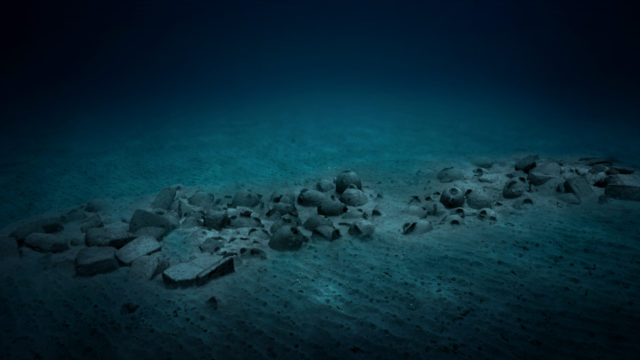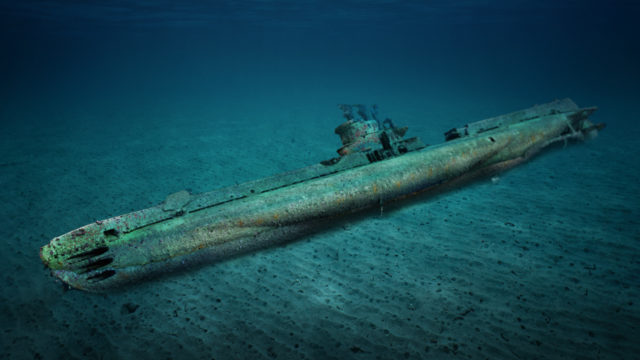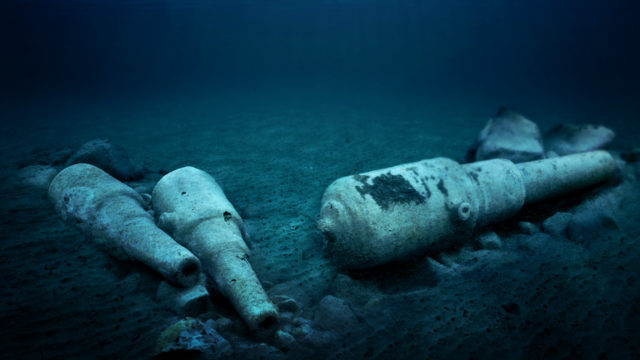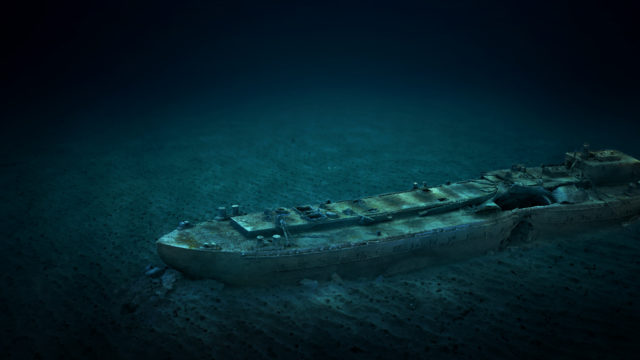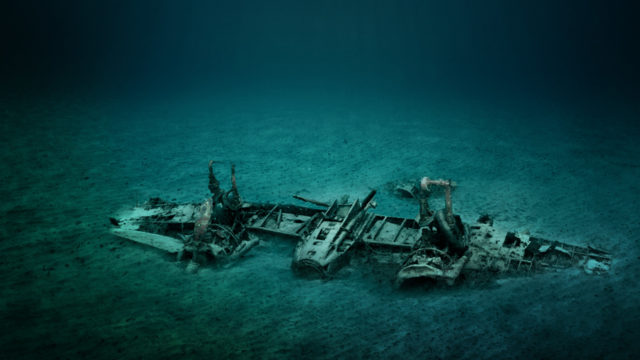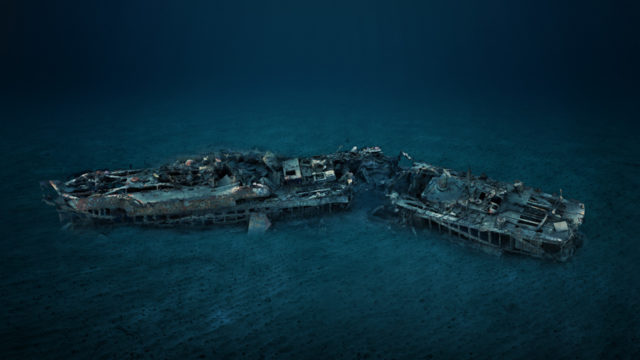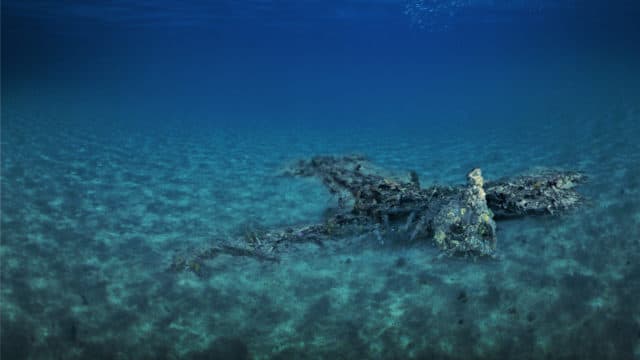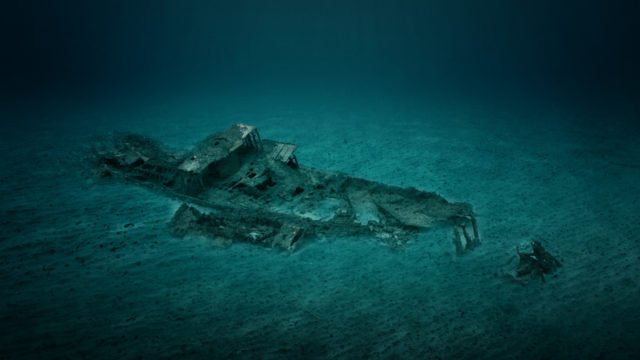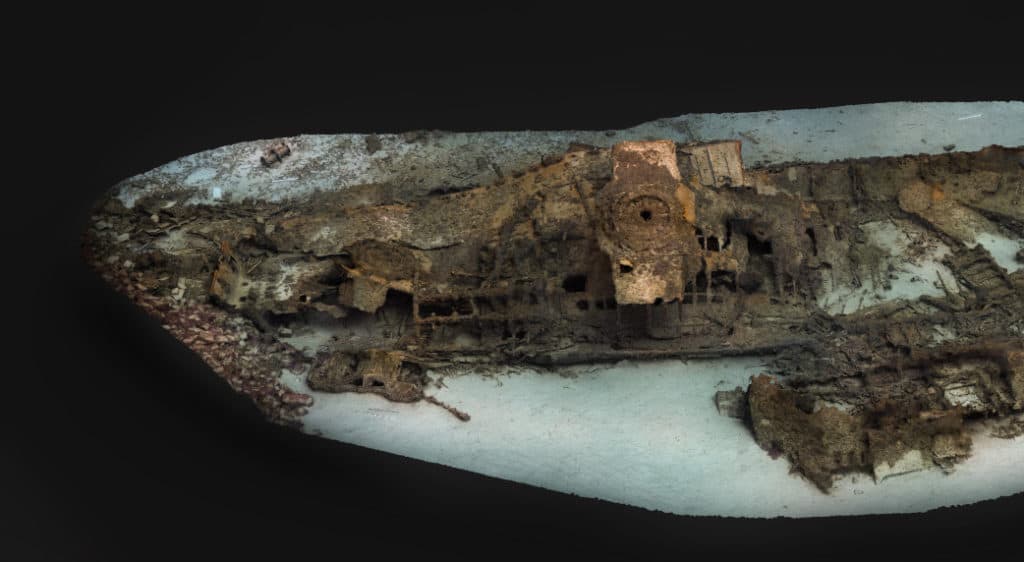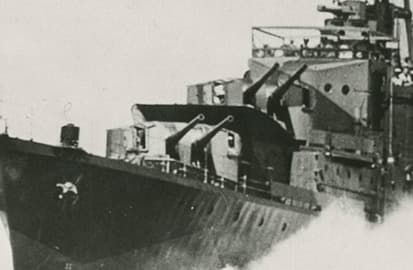HMS Maori
HMS Maori
HMS Maori is British Tribal-class destroyer, built by Fairfield Shipbuilding and Engineering Company, and launched in September 1937.
The Tribal-class destroyers were built for the Royal Navy, the Royal Canadian and Royal Australian Navies and were in service throughout the Second World War, with HMS Maori participating in a number of campaigns, most notably the Norwegian and Mediterranean campaigns. On 12th February 1942, whilst moored in the Grand Harbour, HMS Maori was hit by a single German bomber, with the bomb entering the engine and gear rooms, sinking the destroyer. The wreck of the HMS Maori was raised and eventually scuttled off the coast of Fort St. Elmo on 15th July 1945.
The Wreck.
The wreck of the HMS Maori is comprised of the bow section, since the aft of the destroyer was abandoned in deeper waters whilst being towed for scuttling. The bow lies upright on a sandy seabed at a depth of 16 metres. The shallow depth and easy shore access make the HMS Maori a very popular wreck dive site.
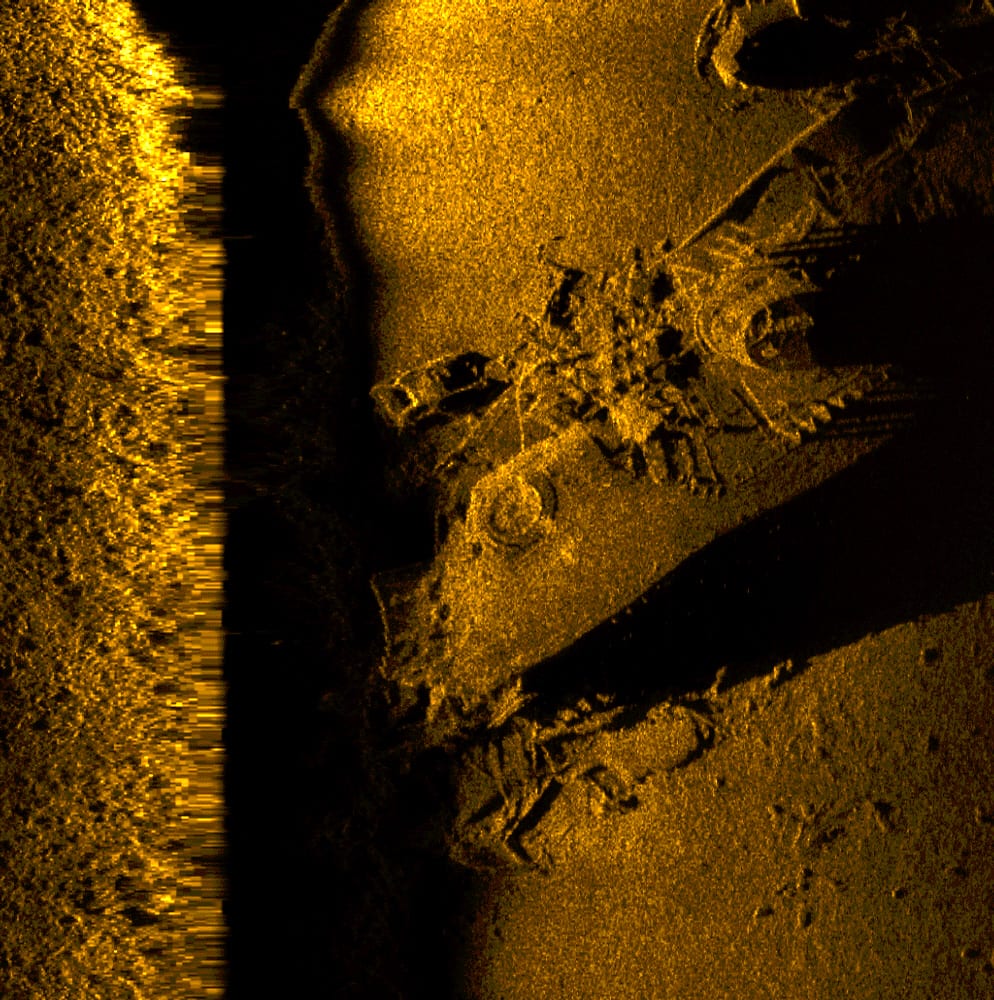
Gun Platform
The main armament of the HMS Maori consisted of four twin-mounted, quick firing (QF) 4.7inch Mk XII guns, two located forward and two at the aft of the destroyer. The Mk XII guns armed the majority of Royal Navy and commonwealth destroyers during the Second World War, reflecting the emphasis on guns rather than torpedoes that characterised the design and development of destroyers during this period. The wreck of the HMS Maori consists of the bow section of the destroyer, with the aft having been scuttled in deeper waters. On the upper section of the bow a gun platform consisting of the base mountings for the twin-mounted QF 4.7-inch Mk XII guns are still visible, with the guns themselves having been raised and possibly reutilised as armaments somewhere else.
The Bell
The wreck of the HMS Maori was raised and scuttled off Fort St Elmo in July 1945, and is today a popular dive site. Several items were recovered from the wreck site, including the ships’ bell. These have formed an essential part of both naval and commercial vessels since at least the 16th century. Bells were primarily used to tell time but also provided a number of other functions such as fog signalling, sounding the alarm and various other onboard rituals. Traditionally, the name of the ship would be engraved on the bell, along with the vessels’ launch date. In fact, when a ships’ bell is discovered during an excavation, it often allows for the identification of the wreck remains.
Site Information Processes
The location of the wreck in a high-energy zone at the entrance to Marsamxett Harbour has led to the destroyer being exposed to winter gales and the prevailing north-westerly winds, with the shallow depth of the site not providing much in terms of shelter. Additionally, the location and depth of the wreck expose HMS Maori to much harbour related activity and increased pollution. These factors have all contributed to potentially destructive site formation processes and continuously effect the rate of deterioration of the site. A prime example of this was a storm in October 2016, which resulted in a car being swept into the sea in the vicinity of the site, which was finally raised from the seabed in 2019. Another storm in February 2019 also could have caused structural damage to the site, contributing to the collapse of the upper section of the wreck. It is doubtless, that over the course of the site’s formation history the environmental conditions have played a major role, exposing the HMS Maori to destructive forces from the sea itself as well as polluting factors from land.


